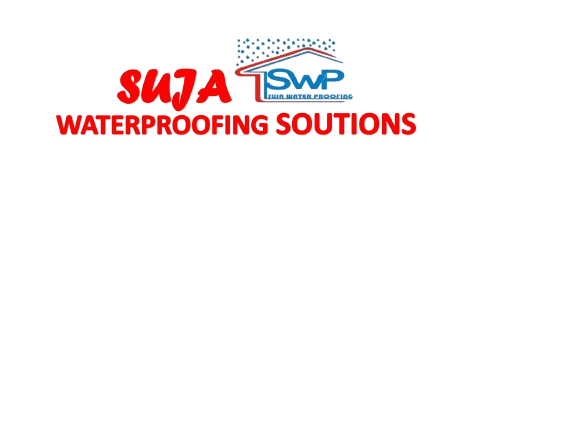Terrace waterproofing is a critical aspect of maintaining the structural integrity of buildings, particularly in regions prone to heavy rainfall or extreme weather conditions. The terrace, being the topmost surface exposed to the elements, is highly susceptible to water seepage, which can lead to severe damage if not properly protected. Implementing an effective waterproofing solution ensures that water does not penetrate through the terrace, preventing potential damage to the building's structure and interiors.
Importance of Terrace Waterproofing
Water seepage through terraces can cause a host of problems, ranging from damp patches on ceilings and walls to the weakening of the building’s foundation. Persistent moisture can lead to the growth of mold and mildew, which not only causes unsightly stains but also poses serious health risks to the occupants. Additionally, the continuous exposure to water can result in the corrosion of steel reinforcements within the concrete, leading to structural deterioration over time. Hence, terrace waterproofing is essential to extend the lifespan of the building and maintain a healthy living environment.
Common Waterproofing Techniques
-
Liquid Membrane Waterproofing: One of the most commonly used methods, liquid membrane waterproofing involves applying a liquid-based coating that hardens to form a rubber-like waterproof layer. This coating can be made of polyurethane, acrylic, or bitumen, and is applied in multiple layers to ensure complete coverage. It is flexible, durable, and suitable for terraces with complex surfaces.
-
Bituminous Coating: Also known as asphalt coating, this method uses a thick layer of bituminous material to create a water-resistant barrier. Bituminous coatings are highly effective and relatively inexpensive, making them a popular choice for terrace waterproofing. However, they may not be suitable for areas with high foot traffic due to their lack of flexibility.
-
Cementitious Waterproofing: This method involves mixing cement-based compounds with polymers and other additives to create a waterproof coating. Cementitious waterproofing is easy to apply and highly effective in preventing water infiltration. It is commonly used in conjunction with other waterproofing methods for enhanced protection.
-
Polyurethane Waterproofing: Polyurethane-based coatings are known for their exceptional durability and flexibility. They provide a seamless, waterproof layer that can withstand temperature variations and UV exposure. This method is particularly effective for terraces with a high degree of exposure to harsh weather conditions.
-
EPDM Rubber Waterproofing: Ethylene Propylene Diene Monomer (EPDM) is a synthetic rubber material known for its superior water resistance and durability. EPDM sheets can be laid over the terrace surface to create a waterproof barrier. This method is highly effective and long-lasting, but it requires professional installation.
Factors to Consider
When choosing a waterproofing method, several factors must be considered, including the type of terrace surface, the climate, and the intended use of the terrace. For instance, terraces with high foot traffic may require more durable and flexible waterproofing solutions, such as polyurethane coatings or EPDM rubber. In contrast, for terraces in areas with moderate rainfall, a bituminous coating might suffice.
It is also crucial to ensure that the terrace surface is properly prepared before applying any waterproofing solution. This includes cleaning the surface to remove dust, dirt, and loose particles, as well as repairing any cracks or damage. Proper surface preparation is key to ensuring the longevity and effectiveness of the waterproofing system.
Conclusion
Terrace waterproofing is an essential preventive measure that protects buildings from the detrimental effects of water seepage. By choosing the appropriate waterproofing method and ensuring proper application, property owners can safeguard their structures against water damage, thereby extending the lifespan of their buildings and maintaining a healthy living environment. Whether it’s through liquid membranes, bituminous coatings, or advanced polyurethane systems, investing in quality terrace waterproofing is crucial for the long-term maintenance of any building.

